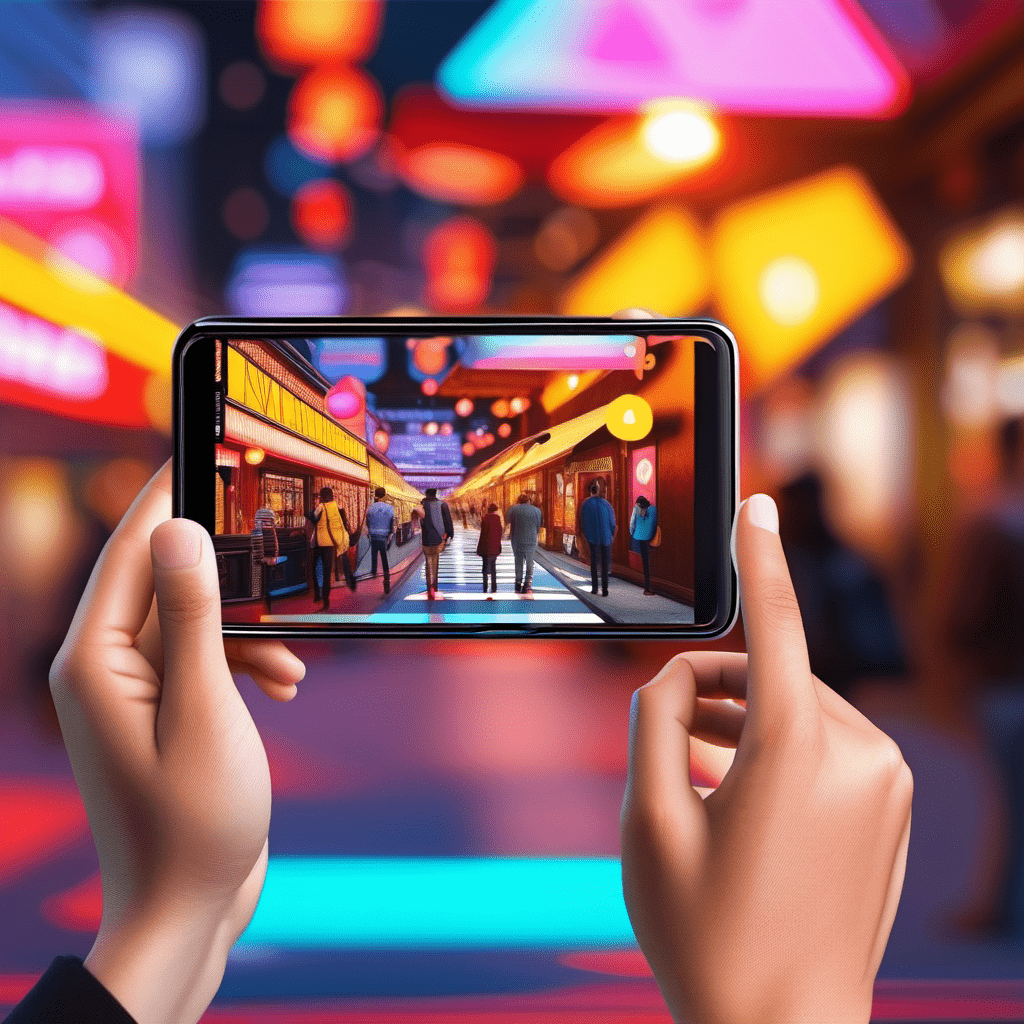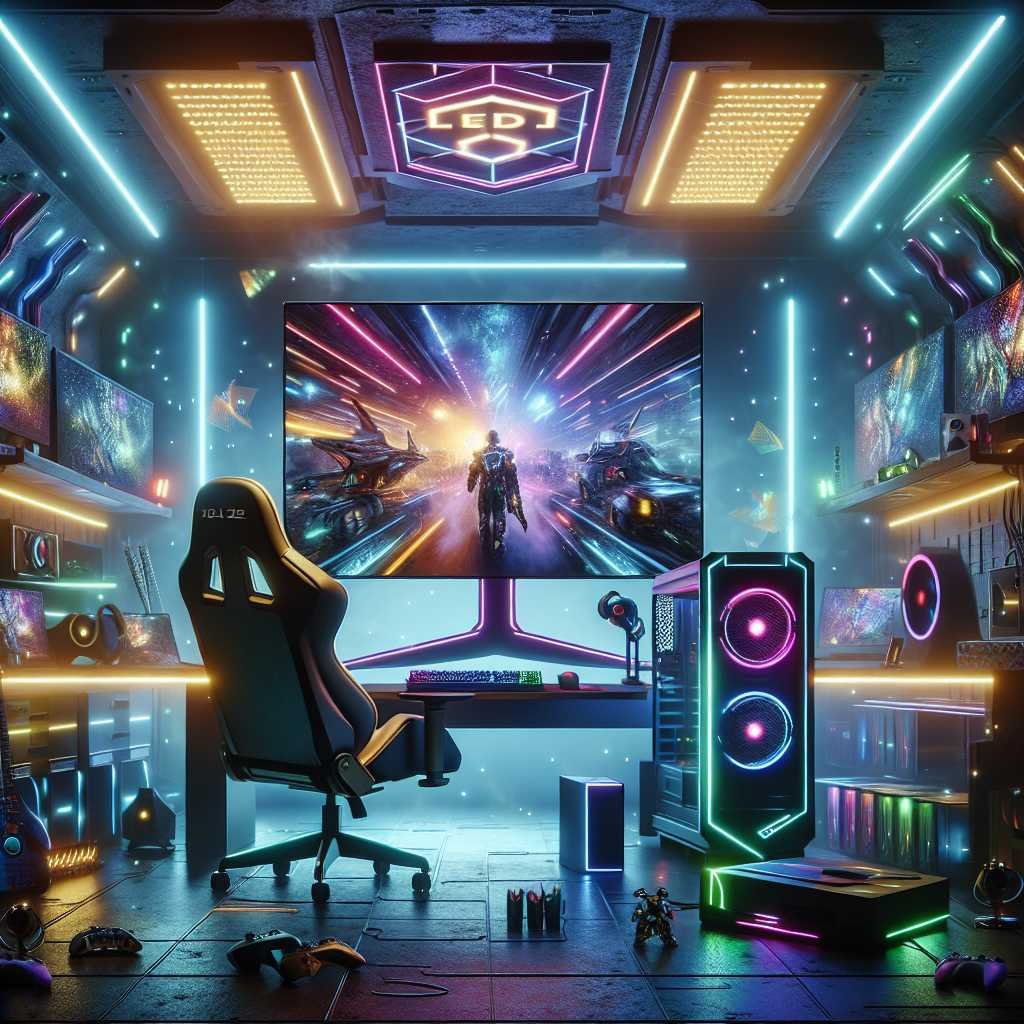The Essential Requirements for Augmented Reality: A Comprehensive Guide
Introduction
Augmented reality (AR) is a technology that superimposes a computer-generated image on a user’s view of the real world, thus providing a composite view. AR has the potential to revolutionize many industries and aspects of our lives, but it requires certain hardware and software requirements to function properly. From gaming and entertainment to education and healthcare, AR has found its way into various industries, enhancing our experiences and providing new opportunities.
Main Requirements for AR
1. Hardware requirements for AR
The first requirement for AR is the right hardware. This includes devices such as smartphones, tablets, smart glasses, and headsets that have the capability to overlay digital content onto the real world. These devices need to have high-resolution displays, powerful processors, and accurate sensors to ensure a seamless AR experience.
The following are the minimum hardware requirements for AR:
- A powerful processor: AR applications require a lot of processing power to generate and render real-time images. A processor with at least 4 cores and 8GB of RAM is recommended.
- A good graphics card: AR applications also require a good graphics card to render the computer-generated images. A graphics card with at least 4GB of VRAM is recommended.
- A camera: AR applications use the camera to capture the real world and to track the user’s movements. A camera with a resolution of at least 12MP is recommended.
- A display: AR applications use the display to show the real world and the computer-generated images to the user. A display with a resolution of at least 1920×1080 is recommended.
2. Software requirements for AR
AR software plays a crucial role in delivering immersive experiences. It involves creating and rendering 3D models, tracking the user’s position and movements, and integrating virtual objects into the real world. Software development kits (SDKs) like ARKit for iOS and ARCore for Android provide developers with the tools and frameworks to build AR applications.
The following are the minimum software requirements for AR:
- An operating system: AR applications need an operating system to run on. Android, iOS, and Windows are all compatible with AR applications.
- A software development kit (SDK): An SDK is a set of tools and libraries that developers can use to create AR applications. There are SDKs available for all major AR platforms, such as ARCore and ARKit.
- An AR application: Once you have the necessary hardware and software, you need to install an AR application. There are many different AR applications available for download, both free and paid.
3. Integration of Sensors and Input Devices:
Accurate tracking and mapping are essential for AR to work effectively. This involves understanding the user’s position and the environment in real-time. Simultaneous Localization and Mapping (SLAM) technology is commonly used to track the user’s movements and create a map of the surroundings, allowing virtual objects to be placed and interacted with accurately.
Some AR applications may have additional requirements, such as:
- A gyroscope: A gyroscope is a sensor that measures the orientation of a device. Some AR applications use the gyroscope to track the user’s movements and to render the computer-generated images accordingly.
- An accelerometer: An accelerometer is a sensor that measures the acceleration of a device. Some AR applications use the accelerometer to track the user’s movements and to render the computer-generated images accordingly.
- A GPS: A GPS is a sensor that detects the location of a device. Some AR applications use the GPS to track the user’s location and to render the computer-generated images accordingly.
4. User Interface (UI) and User Experience (UX) Design
Creating compelling AR content requires a combination of creativity and technical skills. 3D modeling, animation, and texturing are some of the key components involved. Content creators need to have a deep understanding of the AR platform they are developing for and should be able to optimize their content for different devices and screen sizes.
AR experiences should be intuitive and user-friendly. The user interface should be designed in a way that allows users to easily interact with virtual objects and navigate through the AR environment. User experience (UX) designers play a crucial role in ensuring that AR applications are accessible and enjoyable for users of all ages and abilities.
5. Security and Privacy Measures
As AR applications involve real-time interactions with the physical environment, ensuring user privacy and data security is paramount. Implementing robust encryption, secure data storage, and user consent mechanisms are essential to protect user information and provide a trustworthy AR experience.
Summary
In summary, the world of Augmented Reality offers boundless opportunities for innovation and creativity. By understanding and implementing the essential requirements – from compatible hardware and powerful SDKs to intuitive UI/UX design and robust security measures – developers can create immersive and transformative AR experiences.
As technology continues to advance, staying updated with the latest trends and incorporating these requirements into AR projects will be key to unlocking the full potential of this revolutionary technology. So, gear up, dive in, and let your imagination shape the future of Augmented Reality!
If you enjoyed this article, you can surf our AR category or find the best buyers guide for AR devices.







